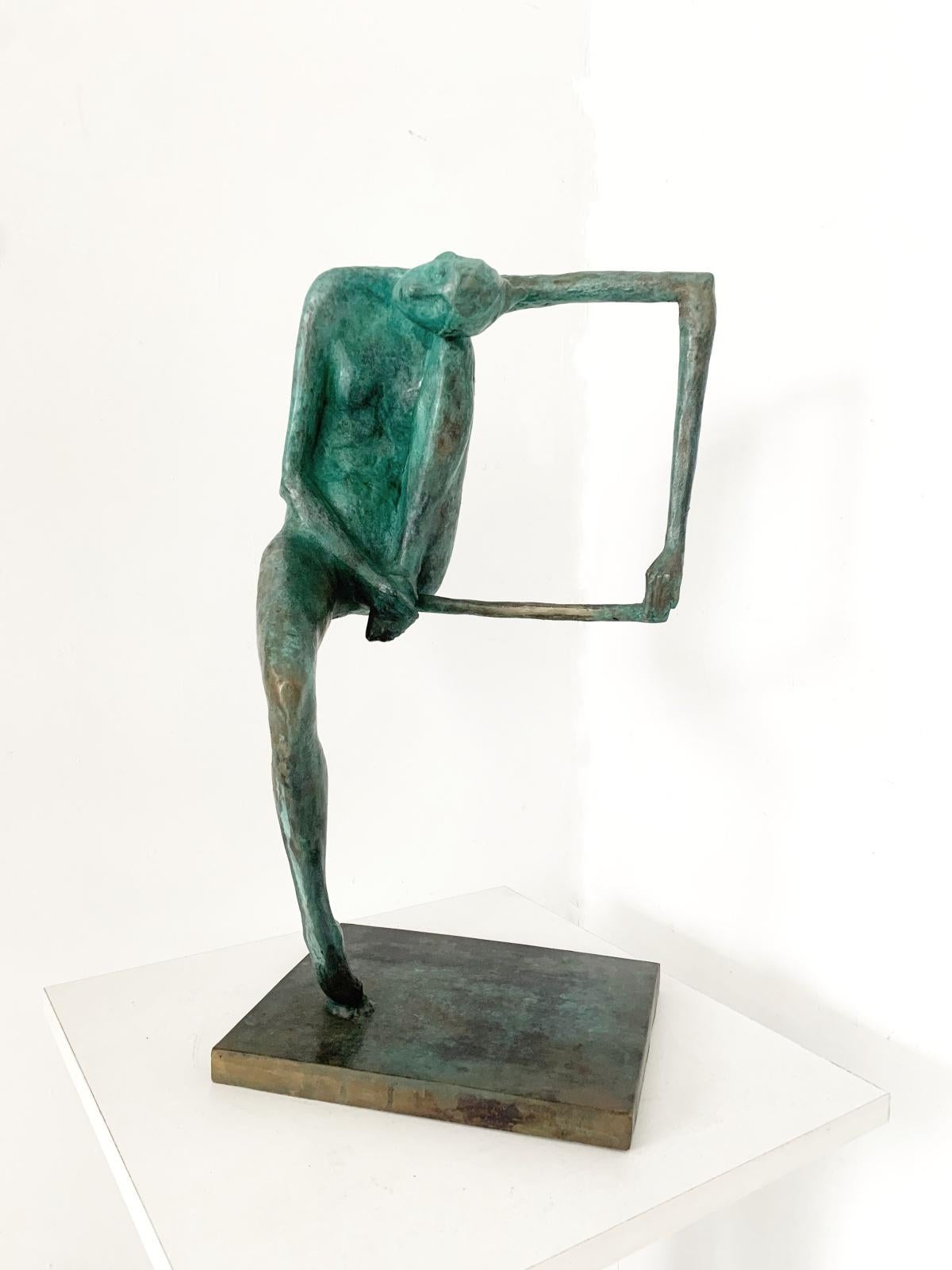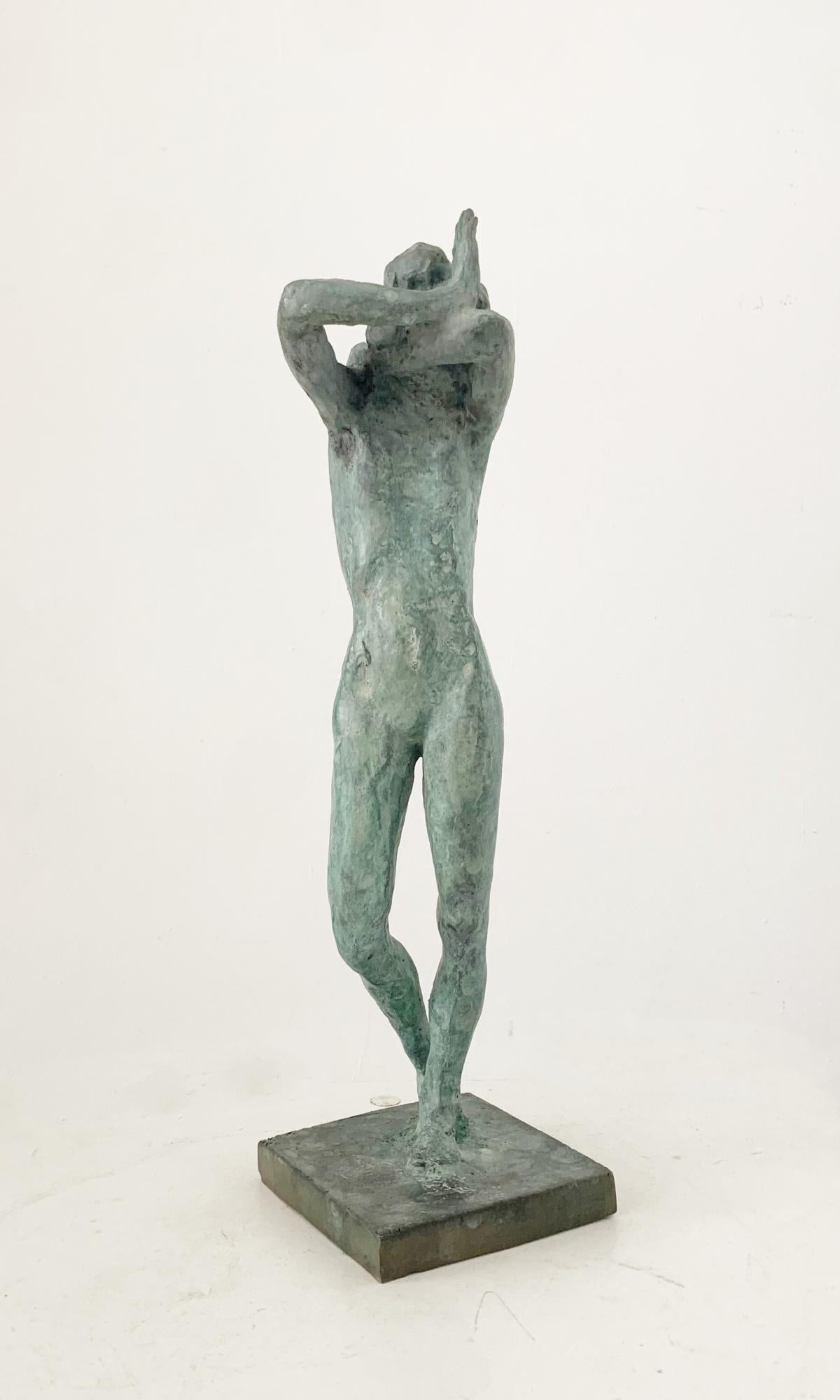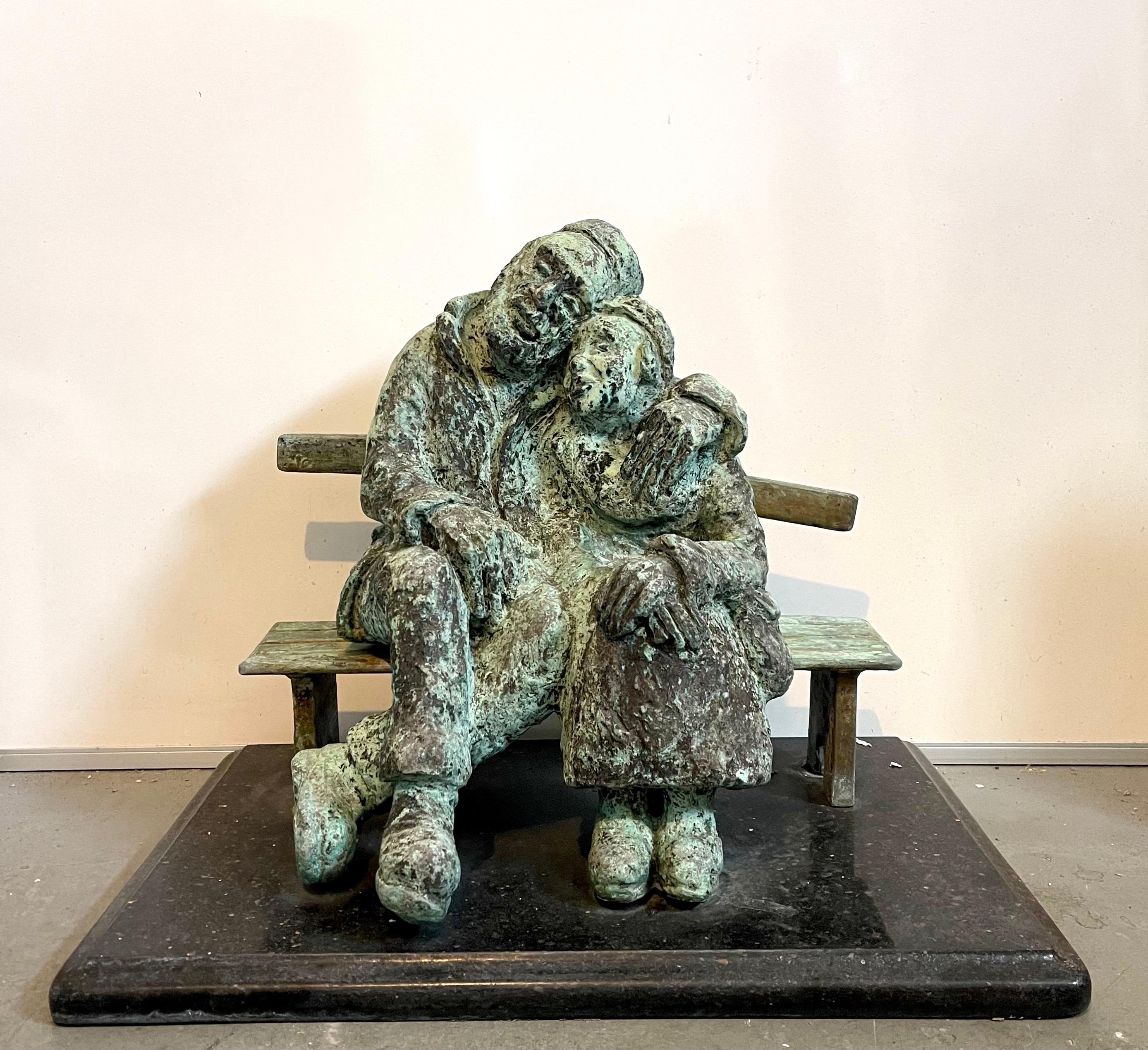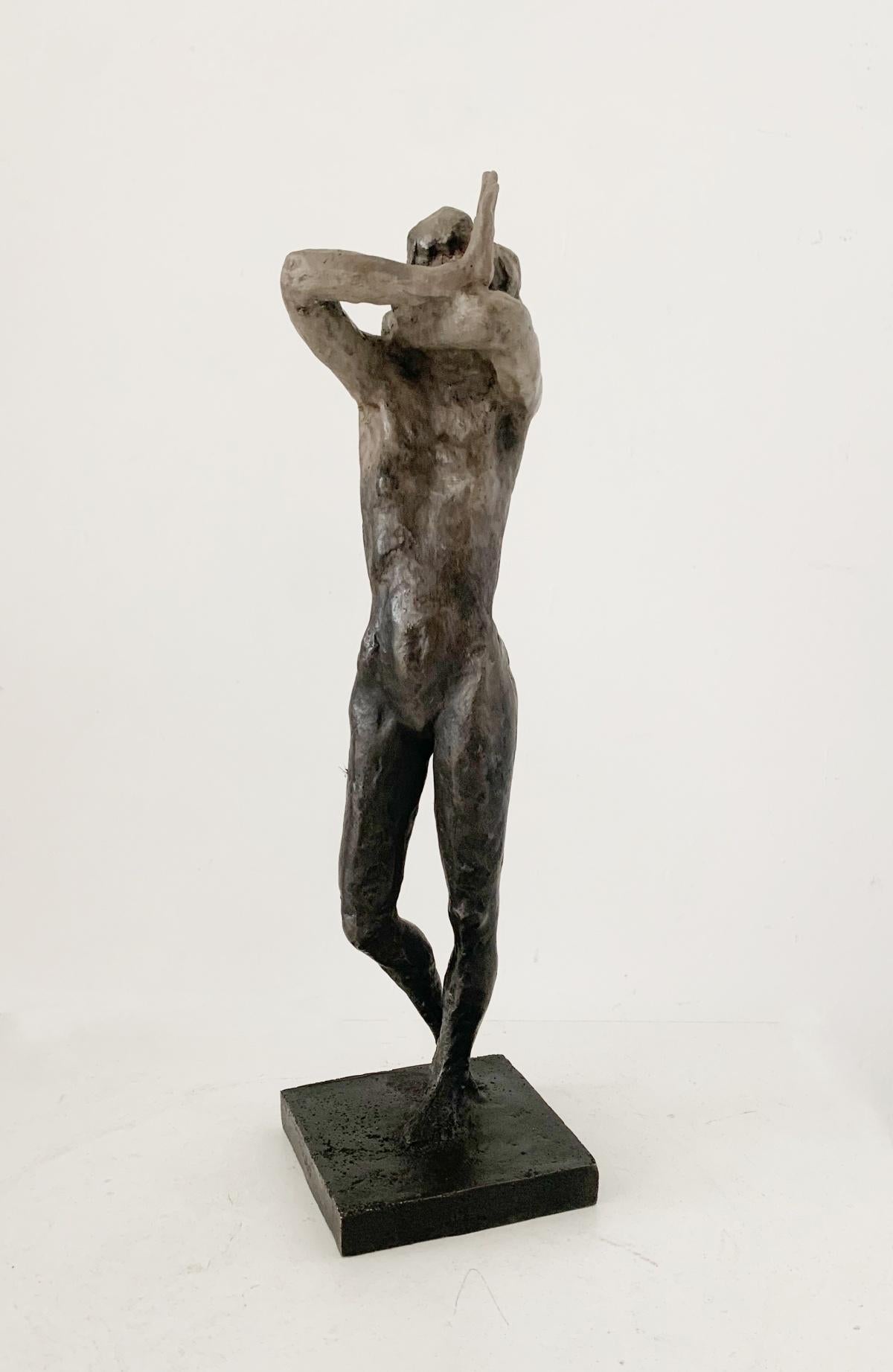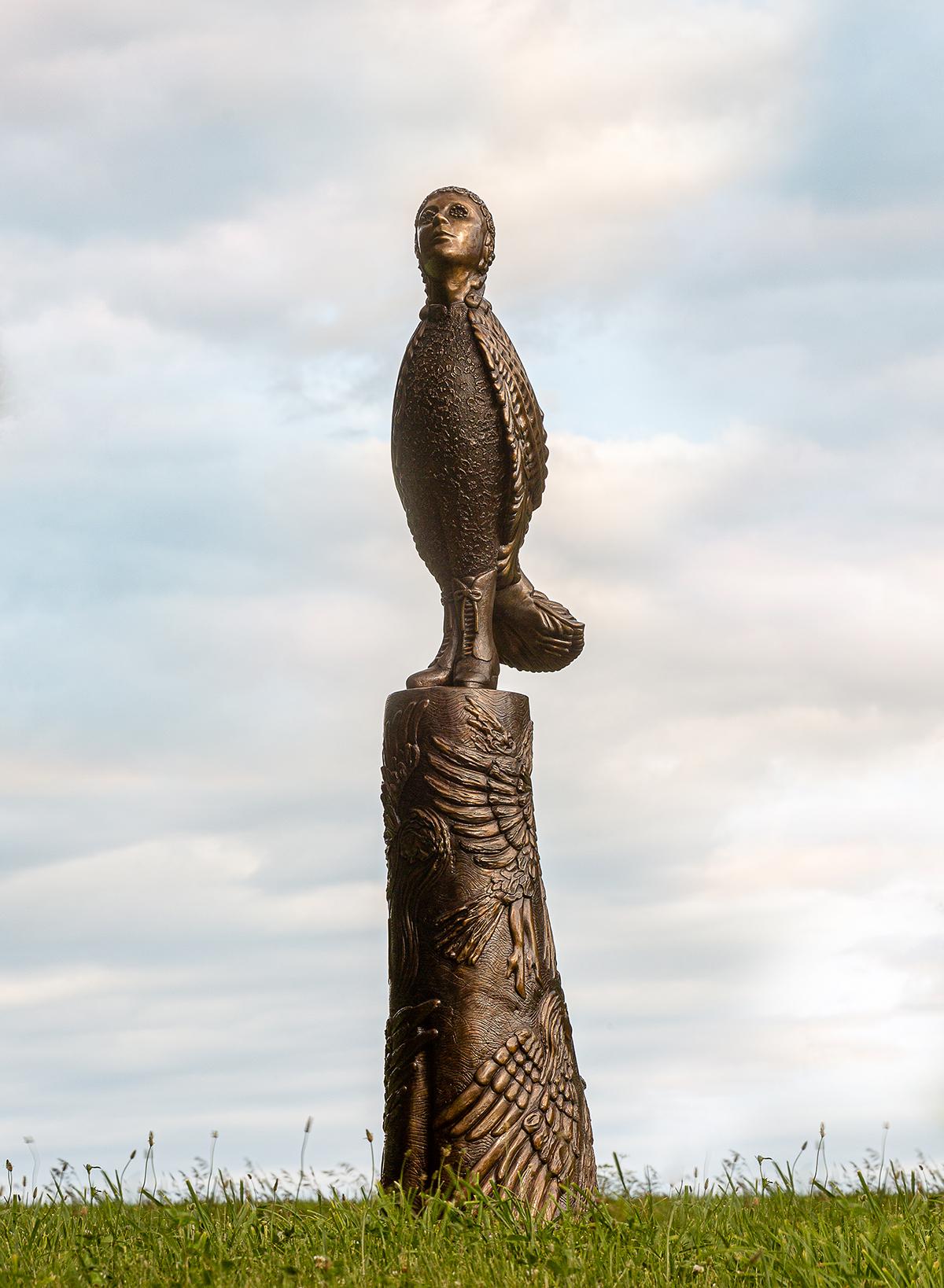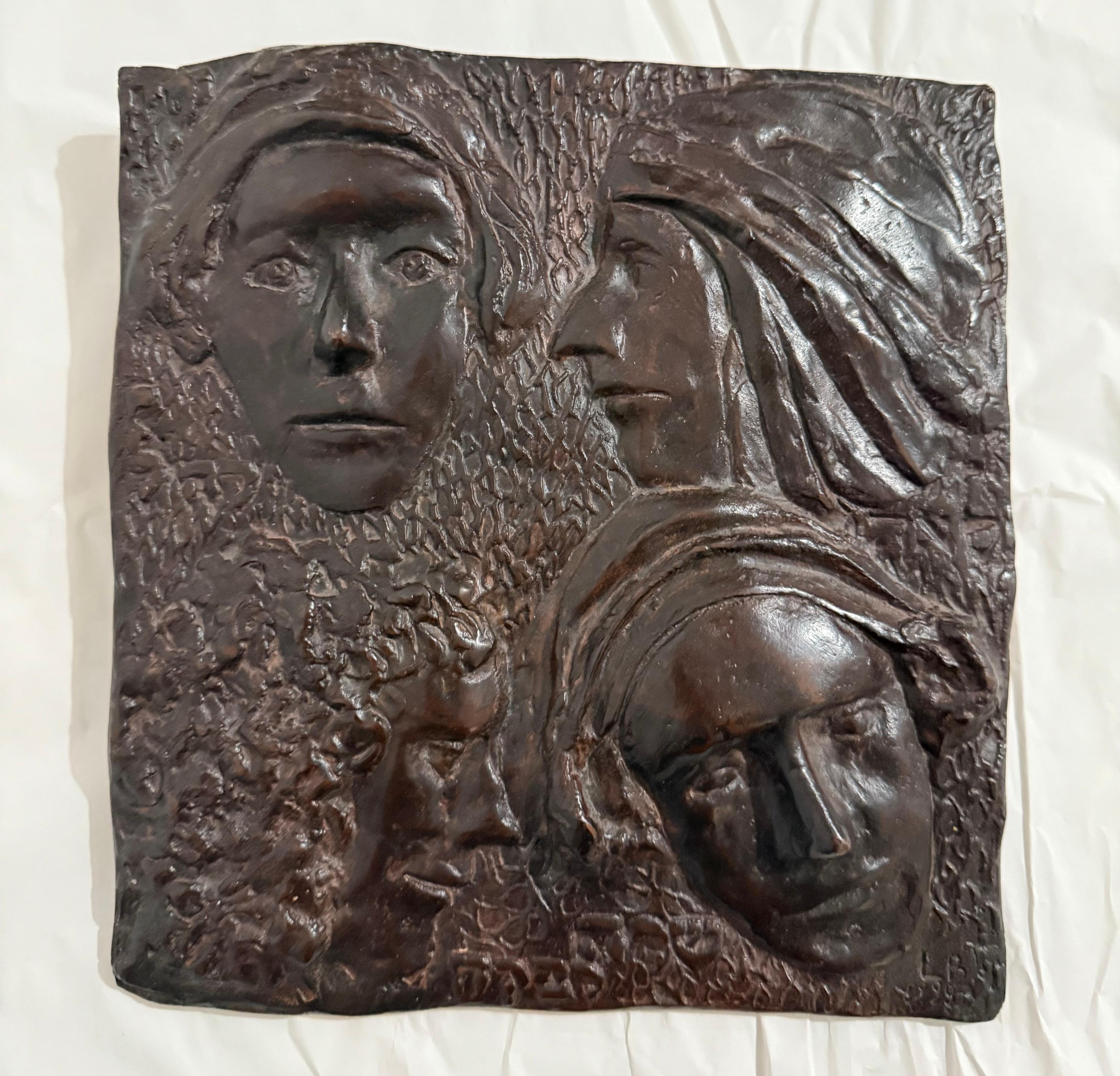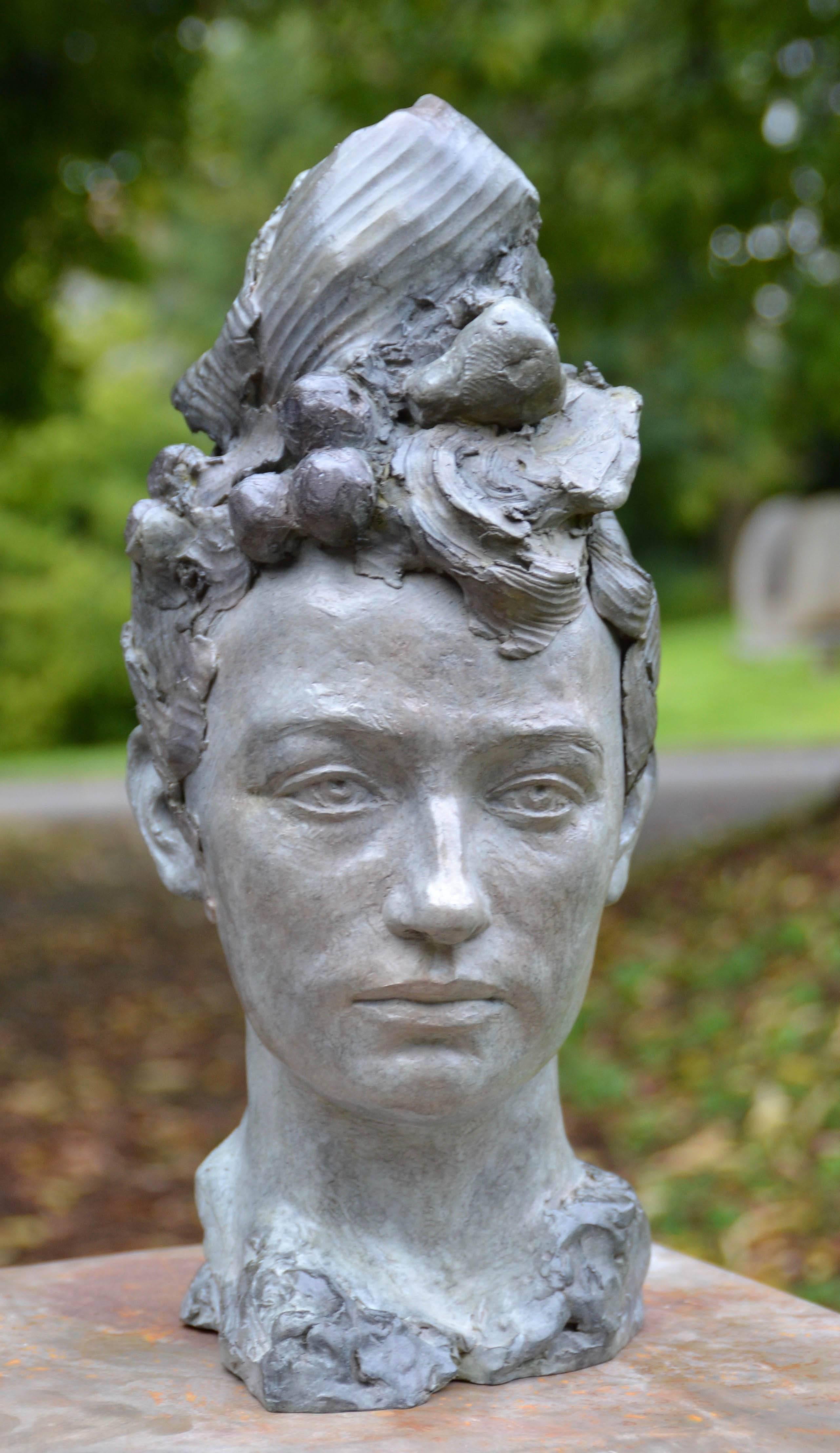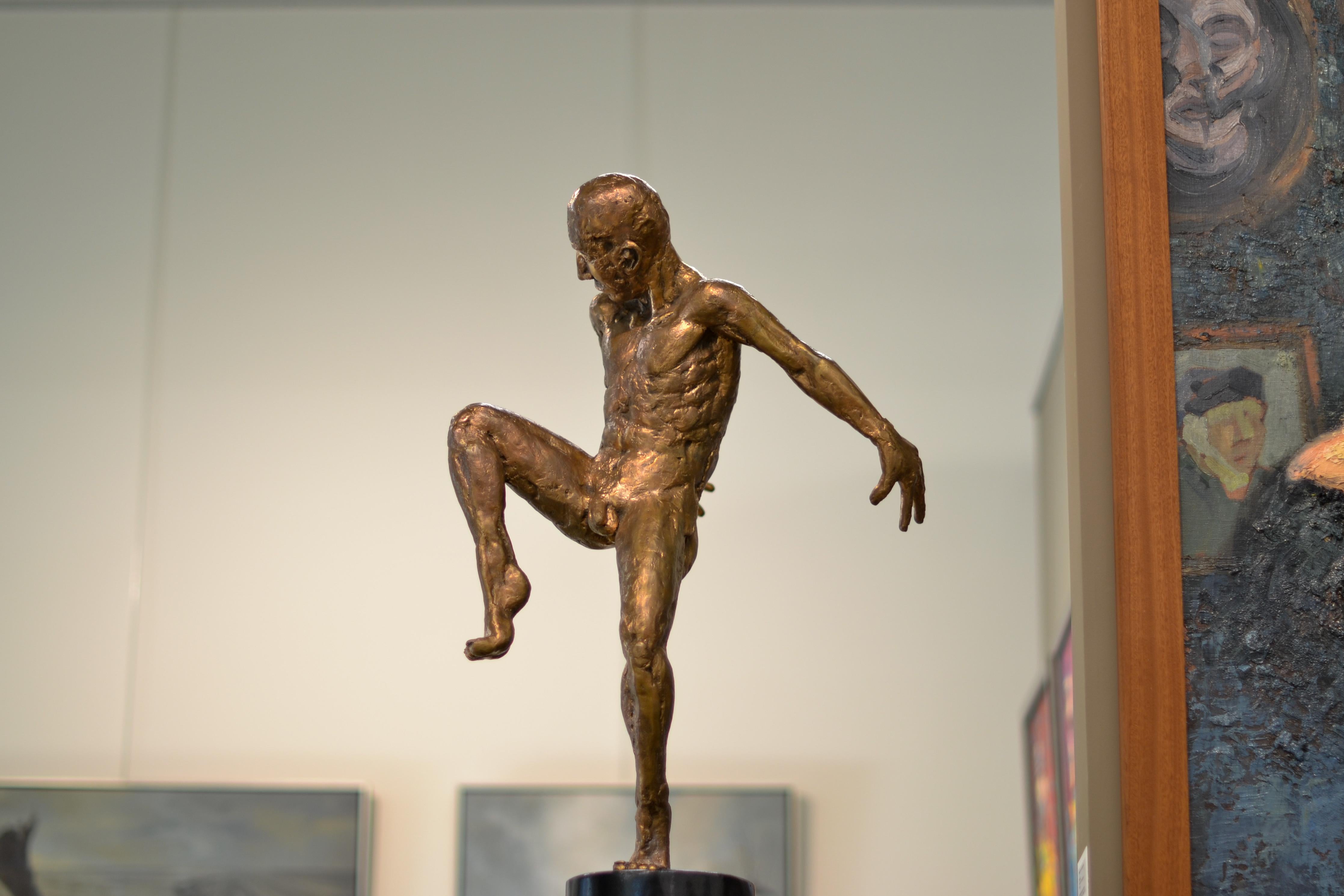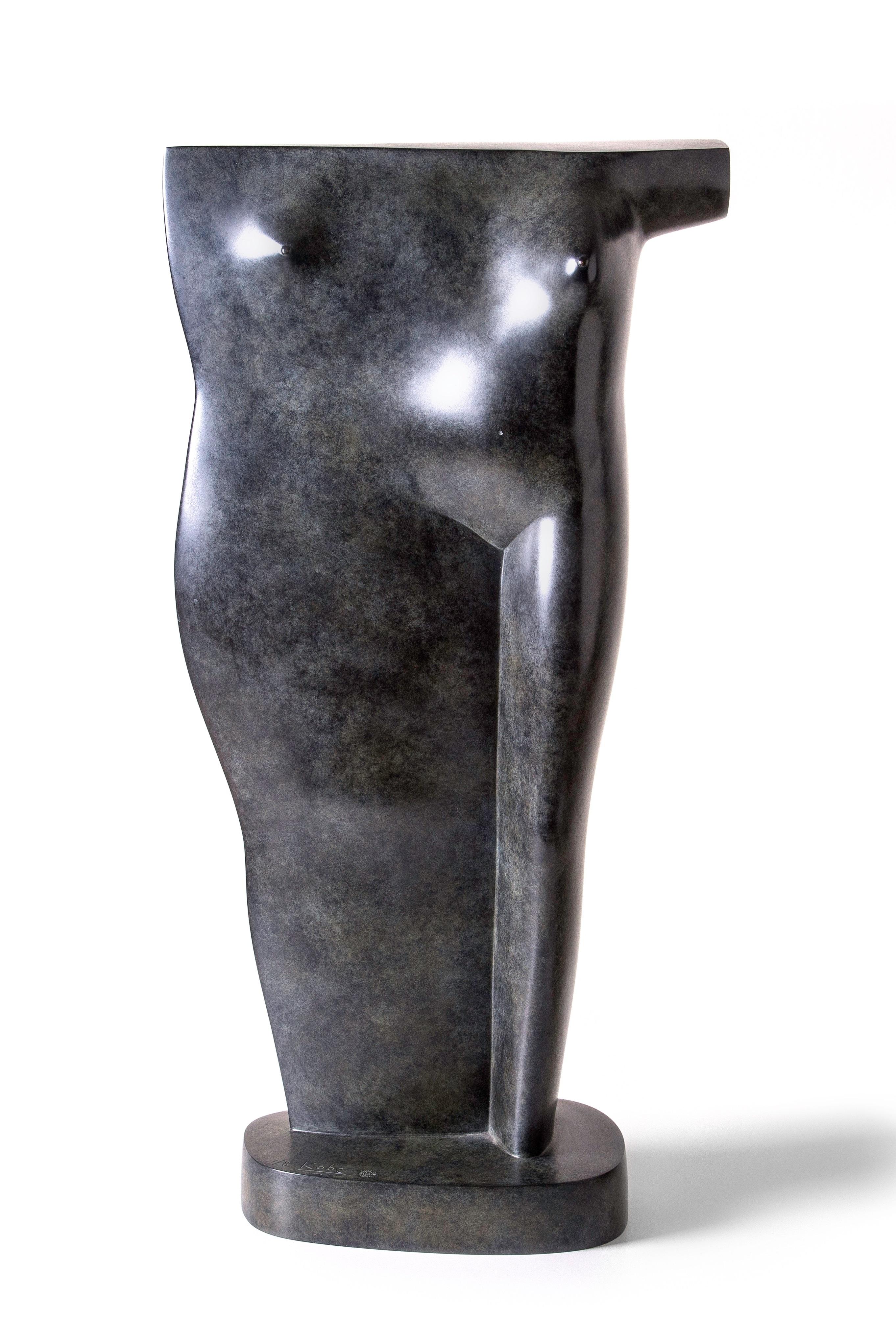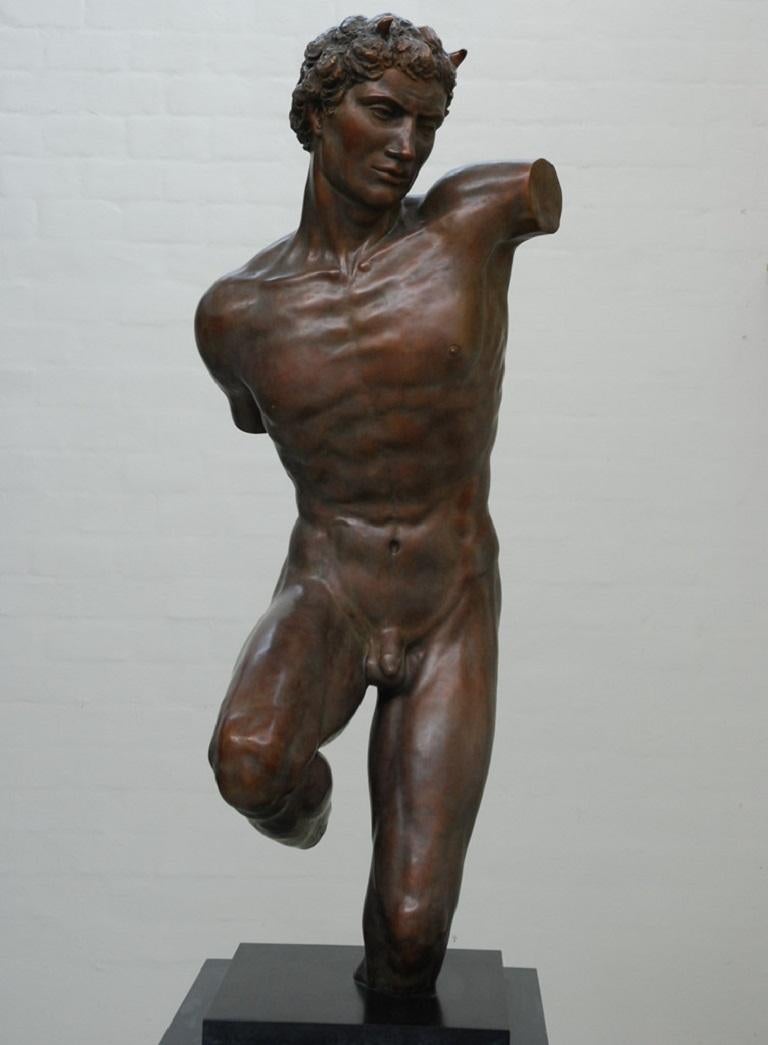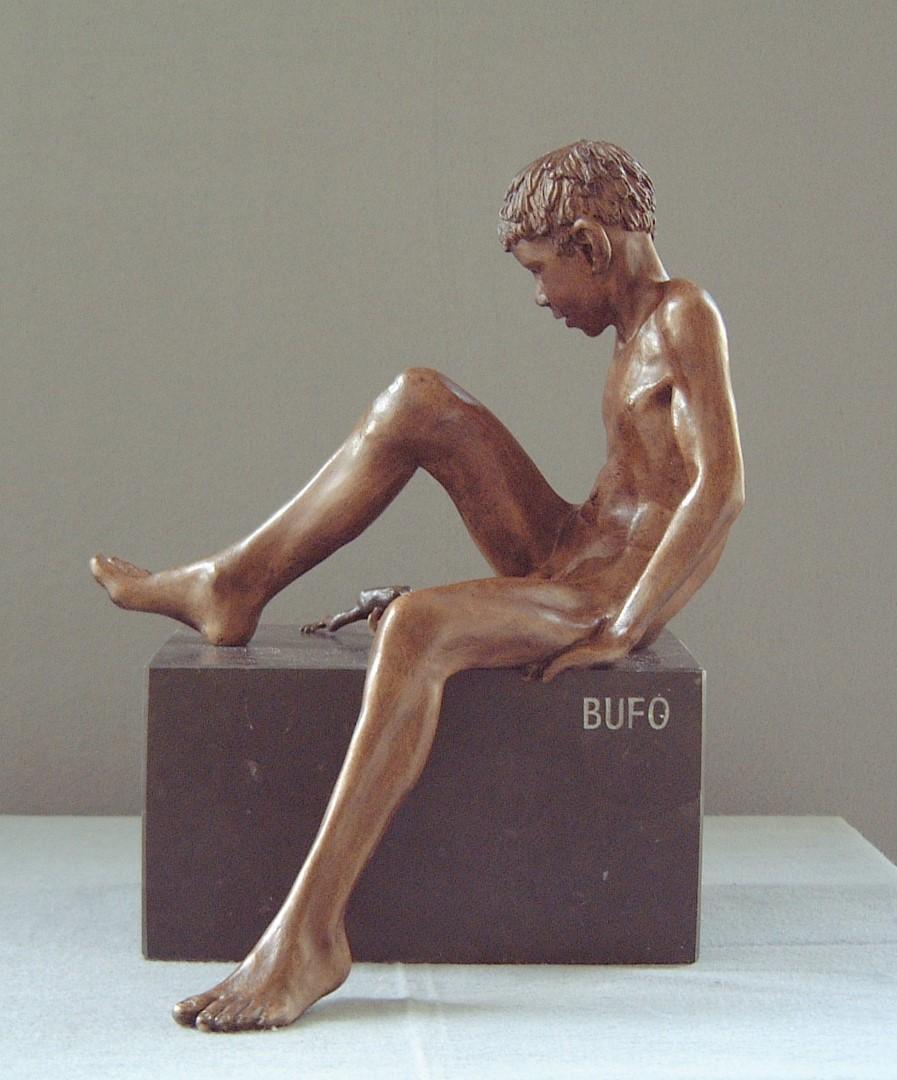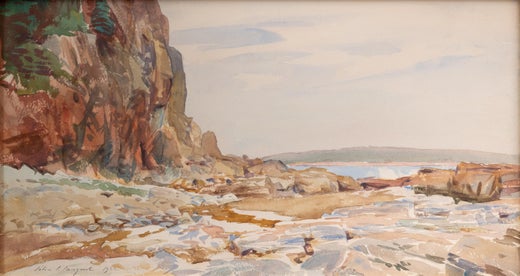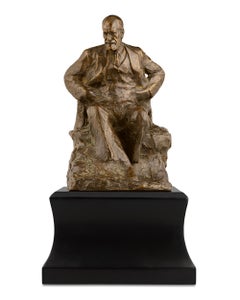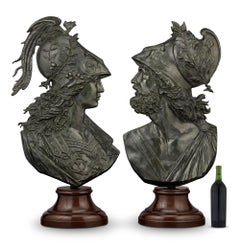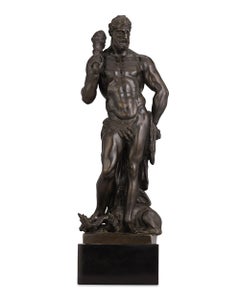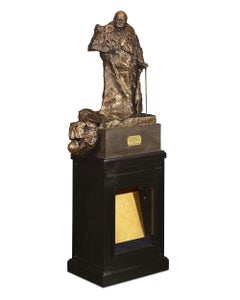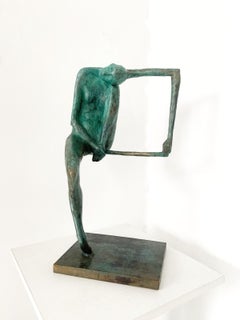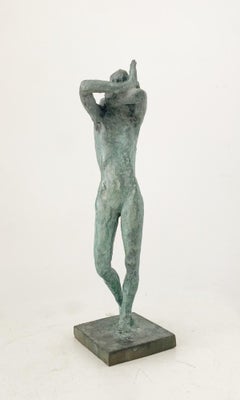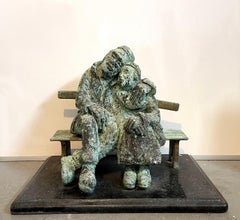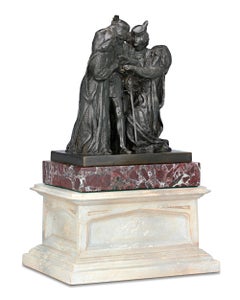
How They Met Themselves By John Singer Sargent
View Similar Items
John Singer SargentHow They Met Themselves By John Singer SargentEarly 20th century
Early 20th century
About the Item
- Creator:John Singer Sargent (1856-1925, American)
- Creation Year:Early 20th century
- Dimensions:Height: 11.75 in (29.85 cm)Width: 8.63 in (21.93 cm)Depth: 6.75 in (17.15 cm)
- Medium:
- Movement & Style:
- Period:
- Condition:
- Gallery Location:New Orleans, LA
- Reference Number:Seller: 31-47391stDibs: LU18612304492
John Singer Sargent
The most sought-after society portraitist of his time — as well as a highly accomplished painter of landscapes and genre scenes — John Singer Sargent was born in Florence, Italy, to well-to-do American parents. The French-trained Sargent depicted his sitters with a bravura brushstroke and a degree of originality that were highly progressive at the time. As a result, he enjoyed critical notice and important patronage, but also weathered some controversy.
Though Sargent spent most of his life abroad, his American ties brought him numerous portrait commissions as well as important commissions for the mural programs at Boston's Museum of Fine Arts and the Boston Public Library.
Sargent's works, whether in oil, watercolor, or charcoal, are marked with naturalness and a distinct sense of immediacy due to his remarkable technical facility as an artist. Whether monumental portraits or casual outdoor scenes, his works possess a freshness and fluidity seldom matched in any era.
Sargent spent much of his free time painting and sketching outdoors, and his landscapes, architectural, and subject pictures — influenced by his friendship with Claude Monet and frequently executed in watercolor — depict the various locations he visited, including Italy, rural England, Giverny, the Mediterranean, northern Africa, and the Alps. The artist devoted a large portion of his late career to his mural projects, and also served as a war artist during World War I.
Find original John Singer Sargent drawings, paintings and other art on 1stDibs.
More From This Seller
View All20th Century Figurative Sculptures
Bronze
Late 19th Century Figurative Sculptures
Bronze
Early 17th Century Baroque Figurative Sculptures
Bronze
20th Century Academic Figurative Sculptures
Bronze
17th Century Mannerist Figurative Sculptures
Bronze
19th Century Academic Figurative Sculptures
Bronze
You May Also Like
2010s Post-Impressionist Figurative Sculptures
Bronze
2010s Post-Impressionist Figurative Sculptures
Bronze
Mid-20th Century Post-Impressionist Figurative Sculptures
Marble, Bronze
Mid-20th Century Fauvist Figurative Sculptures
Bronze
2010s Post-Impressionist Figurative Sculptures
Bronze
2010s Feminist Figurative Sculptures
Bronze
Recently Viewed
View AllRead More
The Real World Portraitist of “The Gilded Age,” Season Three
Only the best painter could suit the calculatedly extravagant Bertha Russell.
Paul Revere Crafted This Silver Coffee Pot 250 Years Ago
Perhaps best known as a Revolutionary War hero, Revere was also an accomplished silversmith, and this pot is now available on 1stDibs.
